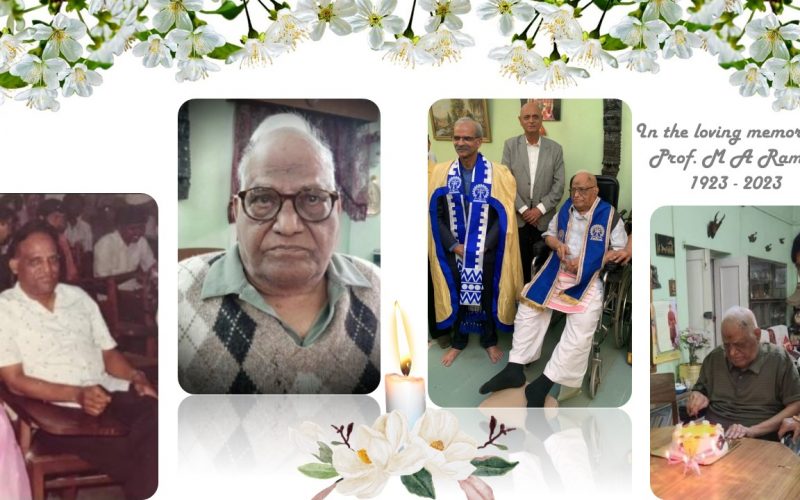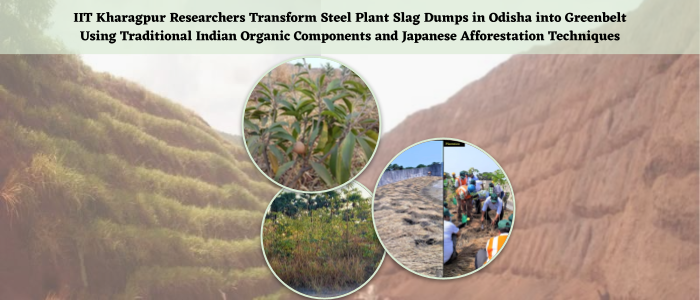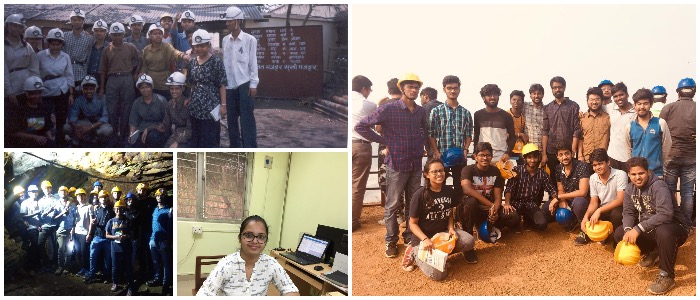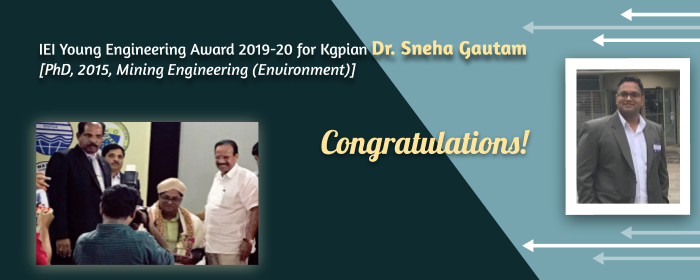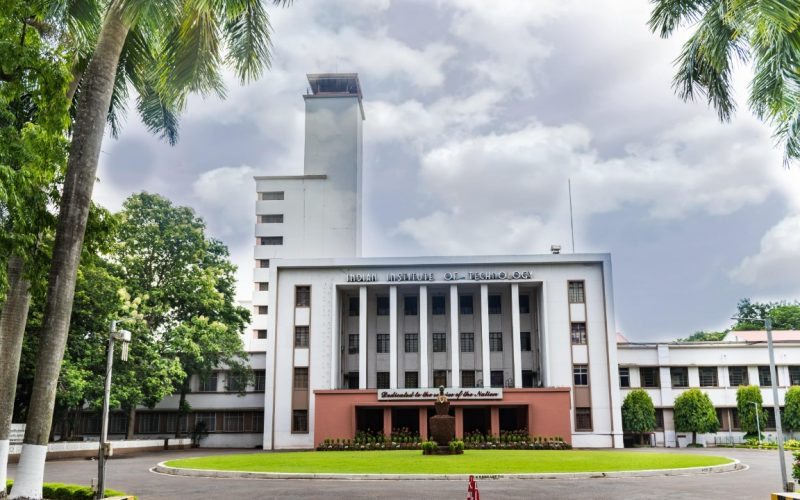
IIT Kharagpur ranked 1st in Agriculture & Civil Engineering in India in the 13th QS World University Ranking by Subject 2023
Indian Institute of Technology Kharagpur (IIT KGP) ranked 1st in Agriculture Forestry and Civil & Structural Engineering in India, according to the latest edition of the world’s highest QS World University Ranking by Subject for the year 2023. The Institution’s strongest field Engineering & Technology ranked at 82nd with an overall score of 76.7 among all the universities globally and 4th in India, as per the 13th QS World University Rankings by Subject, 2023 announced on 23rd March 2023. In India, IIT KGP ranked 1st in Agriculture & Forestry along with Civil & Structural Engineering. Domestically, the Institute overall ranked…

